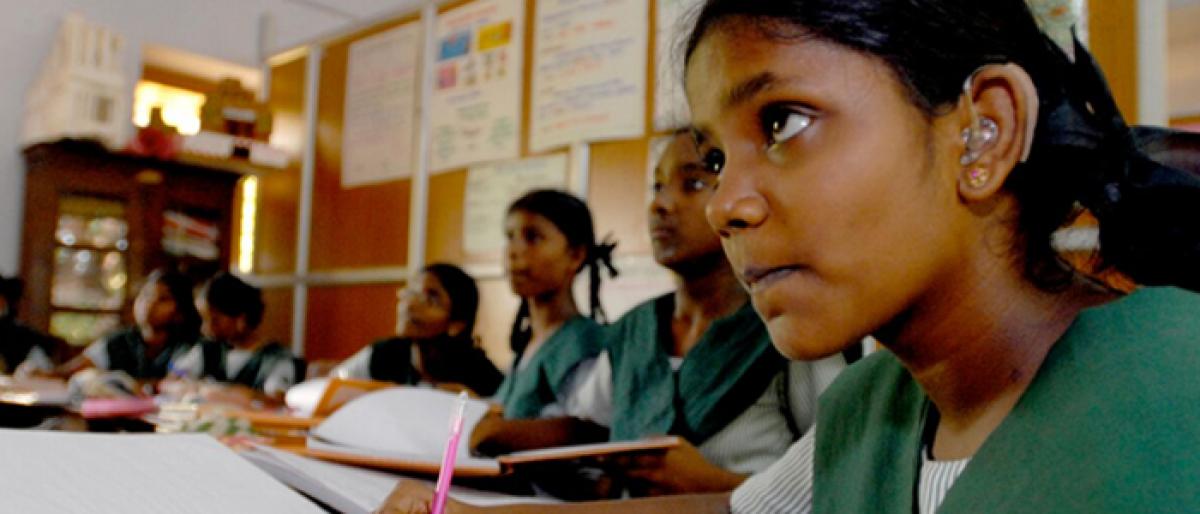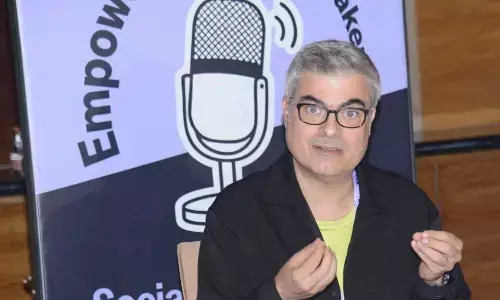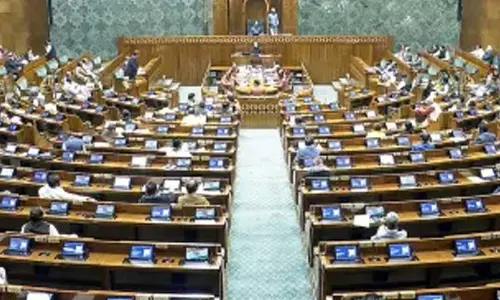AI may help predict why children struggle at school

Using machine learning a type of artificial intelligence AI could help develop better predictions of why children struggle at school, scientists say The researchers from the University of Cambridge in the UK used AI and data from hundreds of children who struggle at school to identify clusters of learning difficulties which did not match the previous diagnosis the children had been given T
Using machine learning - a type of artificial intelligence (AI) - could help develop better predictions of why children struggle at school, scientists say. The researchers from the University of Cambridge in the UK used AI and data from hundreds of children who struggle at school to identify clusters of learning difficulties which did not match the previous diagnosis the children had been given. The finding, published in the journal Developmental Science, reinforces the need for children to receive detailed assessments of their cognitive skills to identify the best type of support.
The researchers recruited 550 children who were referred to a clinic because they were struggling at school. Much of the previous research into learning difficulties has focussed on children who had already been given a particular diagnosis, such as attention deficit hyperactivity disorder (ADHD), an autism spectrum disorder, or dyslexia, they said.
By including children with all difficulties regardless of diagnosis, this study better captured the range of difficulties within, and overlaps between, the diagnostic categories. "Receiving a diagnosis is an important landmark for parents and children with learning difficulties, which recognises the child's difficulties and helps them to access support," said Duncan Astle from the University of Cambridge.
"But parents and professionals working with these children every day see that neat labels don't capture their individual difficulties -- for example one child's ADHD is often not like another child's ADHD," said Astle, who led the study. The team supplied the computer algorithm with lots of cognitive testing data from each child, including measures of listening skills, spatial reasoning, problem solving, vocabulary, and memory. Based on these data, the algorithm suggested that the children best fit into four clusters of difficulties.
These clusters aligned closely with other data on the children, such as the parents' reports of their communication difficulties, and educational data on reading and maths. However, there was no correspondence with their previous diagnoses. To check if these groupings corresponded to biological differences, the groups were checked against magnetic resonance imaging (MRI) brain scans from 184 of the children.


















